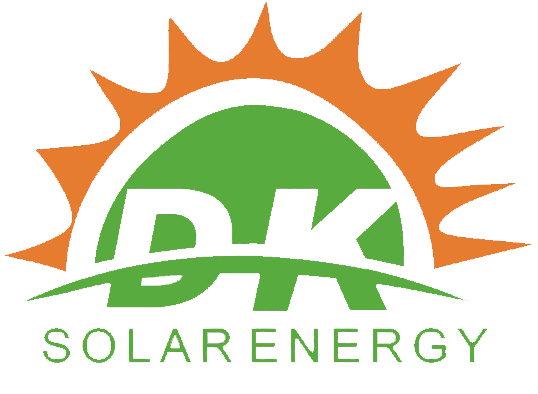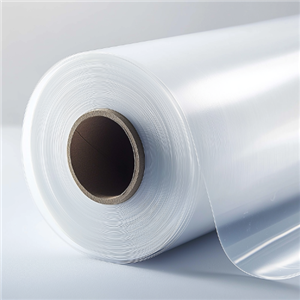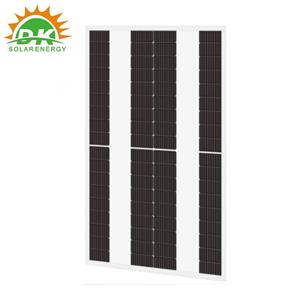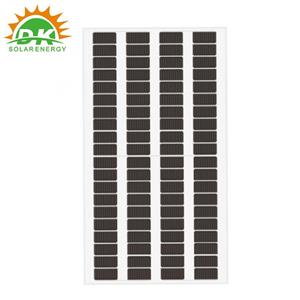Perovskite Module Mass Production Efficiency Surpasses 22%
Recently, a 1.2m×0.6m perovskite module developed by a domestic enterprise has officially achieved a steady-state mass production efficiency of over 22% after certification by TÜV SÜD. This milestone achievement signifies that perovskite PV modules have gained the same power generation capacity as traditional crystalline silicon modules in practical application scenarios, pressing the "accelerator button" for their transition from demonstration verification to large-scale commercialization. Meanwhile, a series of developments such as the commissioning of a 5MW all-perovskite ground-based power station and the official shipment of GW-level perovskite module production lines in China collectively outline a clear trajectory of the accelerated industrialization of China's perovskite industry.
Dual-Technology Breakthrough: Efficiency and Stability Cross the Commercialization Threshold:
As a core direction of the new-generation PV technology, the industrialization of perovskite is shifting from the "efficiency competition" in laboratories to the "performance balance battle" in mass production. The 22% mass production efficiency achieved this time is not only the industry's first breakthrough reaching the performance level of mainstream crystalline silicon modules, but also, leveraging perovskite's advantages of excellent low-light power generation performance and low temperature coefficient, its actual power generation efficiency can be increased to over 24%, which is 10% higher than that of crystalline silicon modules with the same efficiency.
In terms of technical routes, a pattern of parallel development of single-junction and tandem technologies has taken shape. The single-junction perovskite technology, with its high maturity and significant cost advantages, has achieved stable operation for nearly two years in MW-level power stations, becoming the primary choice for enterprises to tackle commercialization; while the perovskite/crystalline silicon tandem technology continues to refresh the efficiency ceiling. Domestic R&D teams have achieved a research efficiency of 34.85% for silicon-perovskite tandem cells, providing a new path for the PV industry to break through efficiency bottlenecks. In terms of stability, products from many domestic enterprises have passed international certifications such as TÜV Rheinland and UL. Outdoor empirical data shows that modules operating for more than one year have not experienced significant attenuation, completely reversing the industry's concern about their "short lifespan".
Accelerated Industrial Implementation: Resonance between Production Lines and Demonstration Projects:
Along with technological breakthroughs, the supporting system for perovskite industrialization is taking shape rapidly. On the equipment side, PV equipment enterprises have realized the mass delivery of perovskite PV equipment, and many leading equipment enterprises have increased investment in equipment R&D through convertible bonds, providing hardware support for large-scale production; on the production line side, China has built 3 GW-level and more than 10 100MW-level perovskite module production lines. The yield rate of GW-level perovskite production lines remains stable at around 90% and has officially started shipment, with capacity expansion plans of many perovskite enterprises also in progress; on the application side, demonstration projects such as the 5MW power station in Qinghai and the 8.58MW project in Daqing have been put into operation one after another, and the 6.8MW distributed project in Wuxi is about to be completed, marking the transition of perovskite applications from "point-like tests" to "scenario-based verification".
Policy support has injected a strong impetus into industrial development. The latest notice on the construction of pilot test platforms issued by the Ministry of Industry and Information Technology clearly lists perovskite materials as key supported materials, emphasizing the promotion of R&D and transformation of perovskite and tandem cells, which resonates with the energy transition demand under the "dual carbon" goal. Against this backdrop, the domestic sales volume of perovskite modules is expected to exceed 50MW in 2025, and industry enthusiasm continues to rise.
Prospect Outlook: Reshaping the PV Pattern from "Substitution" to "Increment" :
The unique advantages of perovskite technology make it not only a "substitute" for crystalline silicon, but also an "incremental engine" for the PV industry. From the perspective of cost potential, the low-temperature preparation and solution processing characteristics of perovskite enable its production cost to be only one-tenth of that of crystalline silicon. With the expansion of production line scale, the current mass production cost, which is 50% higher than that of crystalline silicon, is expected to surpass it in 3-5 years; from the perspective of application scenarios, the flexible and translucent properties of single-junction perovskite make it irreplaceable in fields such as BIPV (Building-Integrated Photovoltaics), vehicle-mounted PV, and optical storage and charging canopies, with related products such as PV tiles and PV curtain walls having formed a serialized layout; from the perspective of market space, authoritative institutions predict that the global shipment of perovskite modules will reach 20GW by 2030, corresponding to a market scale of approximately 20 billion yuan, with a compound annual growth rate of up to 243% from 2025 to 2030.
However, the industry still faces challenges such as incomplete standard systems and insufficient accumulation of long-term reliability data. Experts from TÜV Rheinland point out that the differences in structure and process between perovskite and crystalline silicon require the establishment of specialized testing and certification standards. At present, industry alliances have promoted the implementation of special standards for performance testing and reliability verification, and the China Photovoltaic Industry Association is also accelerating the formulation of industry standards to remove obstacles for commercialization.




